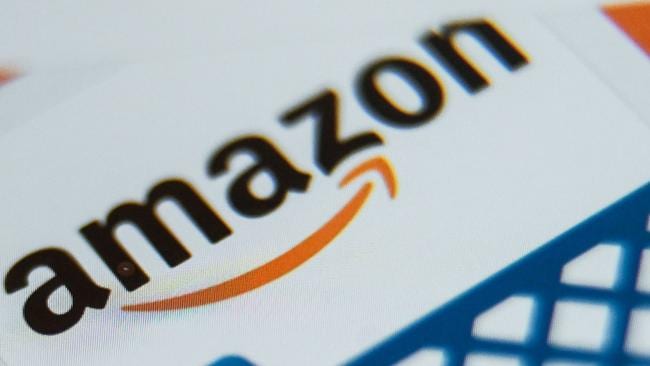Amazon is celebrating its third Christmas in this country, and despite warnings of how powerful and dominant it would be, it has barely made a dent so far.
It launched in December 2017, and as Christmas 2019 rolls around, it is rather hard to find anyone at all who considers themselves a loyal Amazon shopper.
The online retailer is working hard, growing its web traffic and boasting about Black Friday sales. It says the Australian launch was “the most successful of any Amazon launch”, although it doesn’t specify how that is measured, and so far Amazon doesn’t seem to have really cut through.
Sentiment of the average Australian remains … cool.
Of course, Amazon is trying to set up a big retail system, and that takes time. Just recently it announced it is opening a third fulfilment centre in Australia, in Perth.
Perth, of course, is the world’s most isolated major city, and that illustrates one of the big differences Amazon faces in Australia – we have a lot of open spaces to cover.
Enough time has passed now that I think we can fairly say the launch of Mr Bezos’ company has been kind of a fizzer. But to be fair, it’s not all Amazon’s fault.
THREE BIG REASONS AMAZON HAS IT HARD
Retail? You’d have to be insane to get into the retail business right now. Have you seen the figures? Australians have cut up their credit cards and hidden their wallets. According to the most recent retail figures, growth in retail spending has completely stopped. It is zero. Nada.
We have no spare money to spend anyway because wages growth, at 2.2 per cent, is scarcely any higher than our inflation rate of 1.7 per cent. And plenty of people are seeing less wages growth than the average.
As a result, Australian retail businesses are on the very bones of their backsides, and some are starving to death. Harris Scarfe is the latest victim, with the discount department store going into administration last week, placing 1800 jobs at risk.
Amazon is trying to grow a fragile business in an extremely harsh environment. If it is hard for established Aussie retail businesses that know the economy, it must be dreadfully challenging right now for a newcomer.
Australia’s retailers got worried and got ready. Everyone’s online now and the defences are up. There are no soft targets anymore; places like Borders bookshops where Amazon can stroll up, eviscerate them, and eat their hearts. Amazon has won its last easy battles. Victory from here will be hard won.
Woolworths is already delivering groceries to some suburbs in under two hours, a figure Amazon will take some time to match. And look at Bunnings too. The giant of big box retail has adopted a stance that makes the job of Amazon much harder with a big online marketplace.
Amazon launched a garden store back in September, with “a range of enticing outdoor products from gardening equipment to pool supplies to patio furniture to BBQs”, according to Rocco Braeuniger, who was at the time country manager of Amazon Australia.
Look, good luck with that. Because as Masters found, beating Bunnings ain’t easy.
Amazon is a very fast-growing company. But it has to face a simple fact. It is mostly growing in America.
If you break down their financials you see it is North America-centric. The next graph shows it. Sales in North America are growing extremely fast and profits are positive. The rest of the world is a more sombre story.
Why is that? I’m always surprised how different retail is country to country, with one brand thriving in one place and another somewhere else. But retail is undeniably like that. There are hard-to-see cultural factors that matter a lot.
We stick mostly to Aussie supermarkets and Aussie hardware stores and even Aussie online retailers like JB and Kogan. Amazon is an American company – and outside fast food, very few American companies have thrived in Australia.
For all the challenges it faces, the Seattle-based company is growing its web traffic. According to independent tracking site SimilarWeb, Amazon.com.au had 25 million visitors in November 2019. That’s more than JB Hi-Fi, which got 15 million, but not as many as Gumtree, which had 32 million. Amazon has grown its monthly traffic from about 14 million back in December 2017 when it launched.
Amazon might be struggling along, and it clearly hasn’t leapt into our hearts. But it also hasn’t given up. It is settling in for a long battle, and there’s good reason to be hopeful it doesn’t fail completely.
The responses of its competitors are useful for all of us. If Amazon keeps shaking up the quality of online retail in this country, that might ultimately be a good thing for Australian consumers.
Jason Murphy is an economist | @jasemurphy. He is the author of the new book Incentivology.
